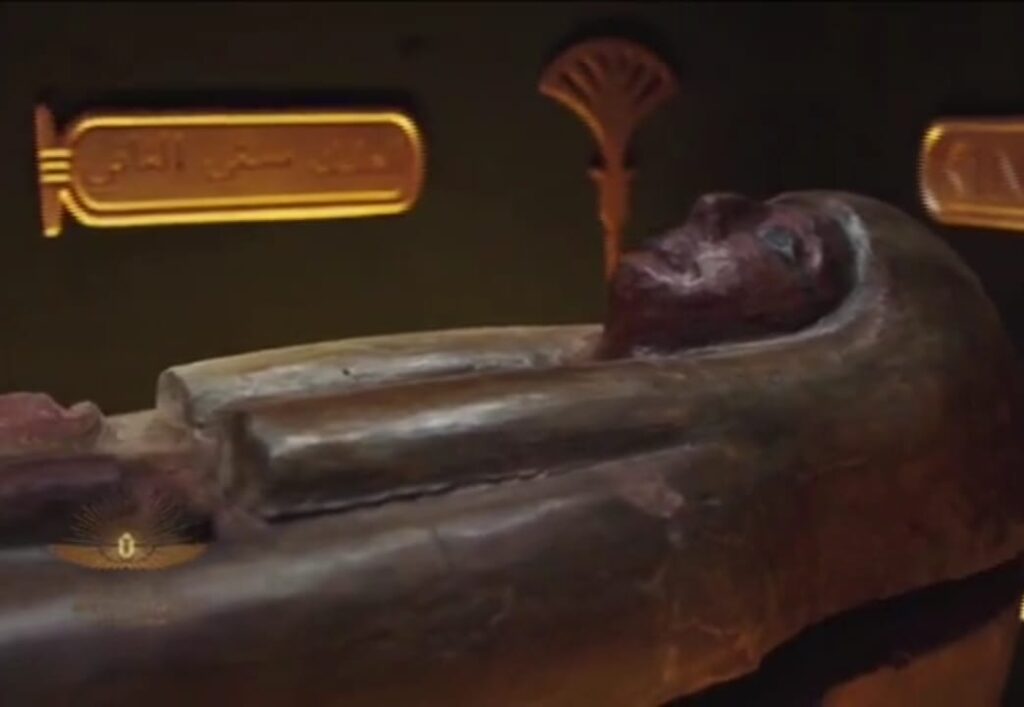The Global Council for Tolerance and Peace is Closely Following The Activities of “The Pharaohs Golden Parade”
Al-Jarawan: The selection of the National Museum of Egyptian Civilization’s site is a vivid expression of the meanings of tolerance and peace.
In a majestic historical celebration, The Global Council for Tolerance and Peace, and His Excellency Ahmed bin Mohamed Al Jarawan, The Council’s President, followed the activities of transferring 22 kings and queens’ mummies, from the Egyptian’s Ancient Civilization, to their last resting place in the National Museum of Egyptian Civilization.
Al-Jarwan expressed his happiness with this great event, saying that Egypt’s choice of the construction site of the museum, is an explicit confirmation of its adoption and constant endeavor, to consolidate the principles of tolerance and peace throughout the ages, he also indicated that the museum’s location in the Fustat region, surrounded by Amr bin Al-Aas Mosque, the Hanging Church, and the Old Jewish Temple, forming a beautiful picture, represents the harmony of the meanings of peace and love.
It is noted that the parade included 18 kings and 4 queens from the seventeenth till the twentieth pharaonic families, placed on board of decorated carriages with Pharaonic style and name tags, respectively arranged according to the chronological order of their reigns .
The parade was led by King Sqnen Ra Taa from the seventeenth dynasty (sixteenth century BC) who was the ruler of Thebes’, known as “Loxour” nowadays, and it was concluded by King Ramses the ninth, from the twentieth dynasty (twelfth century BC)
The parade also included : «King Ramses II», the most famous king of the the modern era, «King Siti I» son of King Ramses the First, «King Merenptah», the thirteenth son of King Ramses II, «King Seti II» the son of King Merenptah, «Queen Ahmose Nefertari» The mother of Amenhotep the First, “Queen Merit Amun”, daughter of King Ahmose, “King Tuthmosis the Second” son of King Tuthmosis the First, “King Tuthmosis the First”, who became king after the death of King Amenhotep the First, “King Thutmose III”, who assumed power after the death of the Queen Hatshepsut, “King Amenhotep II”, son of King Tuthmosis III, “King Amenhotep III”, son of King Tuthmosis IV, “Queen Hatshepsut”, daughter of King Thutmose I, “King Tuthmosis IV” son of King Amenhotep II, Queen T, royal wife of King Amenhotep III.










